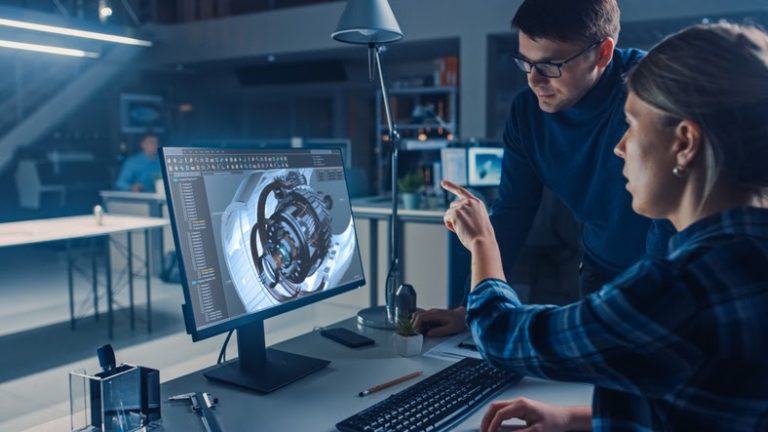When business owners think of research and development, Big Pharma and large clinical laboratories may come to mind initially. However, R&D can likely be found in the day-to-day operations of most businesses. The way you improve your products and processes can count as R&D too. Since the R&D Tax Credit is the largest tax credit now available to U.S. businesses, it is critical for manufacturers to track the developments and enhancements their business makes.
The R&D Tax Credit was first introduced federally in 1981 to keep technical jobs and innovation on the U.S. home front. Over the years, legislative changes, such as those in the PATH Act in 2015, have expanded the government-sponsored credit’s ability to substantially lower tax liability for businesses and start-ups of all sizes. Most states, including Maine and Massachusetts, have followed suit and now offer R&D tax credit incentives of their own.
What activities qualify for the R&D Tax Credit?
The R&D Tax Credit has become more attainable for manufacturers since legislation in 2003 eliminated the “Discovery Rule.” The rule stated that research activities had to be “new to the world,” which proved to be limiting. To be considered a Qualified Research Activity (QRA), your company’s innovation only has to be new to you, and it must rely on a hard science, such as computer science, engineering, or a physical science. It also must include testing and evaluation procedures.
For manufacturers, improvements or developments made to your products, prototypes, and software; “going green” by improving waste management or developing ecological packaging; redesigning an engineering process; or executing a trial production can be QRAs. A routine procedure, such as market research, does not qualify as a QRA; however, developing a new or improved process for conducting market research does.
What expenses qualify for the R&D Tax Credit?
To determine the full benefits of the R&D Tax Credit, manufacturers also have to determine Qualified Research Expenses (QREs) related to their QRAs. Contract research expenses include payments made to third parties, such as an amount paid to a hired consultant for development or improvements to a product or process. For in-house research, expenses can include employees’ wages for performing QRAs and expenses for related supplies. If an employee’s work is predominantly in R&D services, they may meet the “substantially all” provision, meaning all of his or her wages would be considered a QRE. Because distinguishing qualifying and non-qualifying activities and expenses can be challenging, it is easy to miss tax credit opportunities without the help of a tax professional.
Small manufacturers may benefit from options available for eliminating taxes, dollar for dollar. Under the PATH Act, Eligible Small Businesses (ESBs) can use the R&D Tax Credit to offset Alternative Minimum Tax (AMT). To qualify as an ESB, your manufacturing company must be a non-publicly traded corporation, a partnership, or a sole proprietorship. Additionally, your average annual gross receipts must be $50 million or less for the last three taxable years. ESBs can claim the R&D Tax Credit in the current year and across a three-year lookback period.
The PATH Act also established benefits for Qualified Small Businesses (QSBs). QSBs can offset their portion of FICA payroll taxes, up to $250 thousand per year, with the R&D Tax Credit. To qualify as a QSB, your manufacturing company must have gross receipts for the year of the election less than $5 million and no gross receipts in any tax year preceding the five-tax-year period that ends with the tax year of the election.
by Robin Cyr, CPA, MST, JD

Robin Cyr joined ARB in 2010. She is a Tax Director specializing in providing comprehensive tax compliance and consulting services to corporate and individual clients. Robin primarily serves industry leaders in the manufacturing, construction, and nonprofit sectors. As both a CPA and a lawyer, she provides exemplary tax and consulting services related to estate and succession planning.






